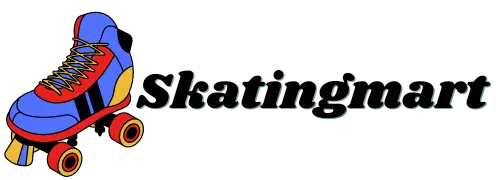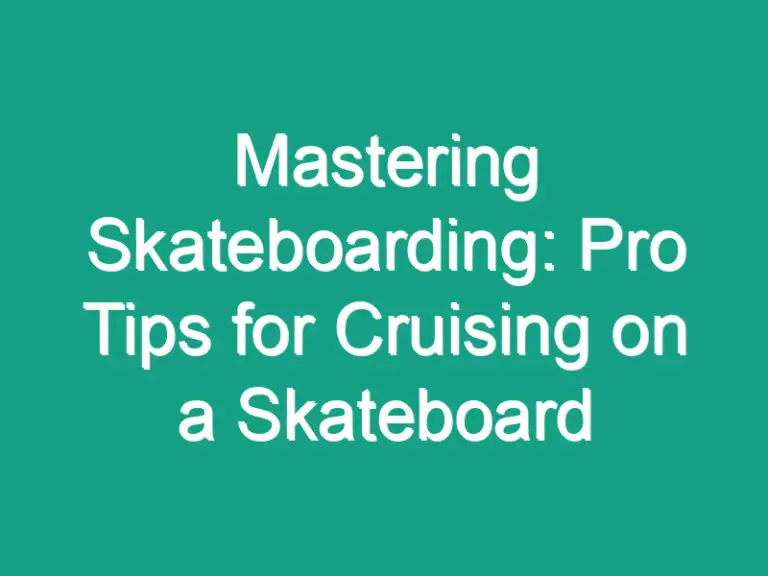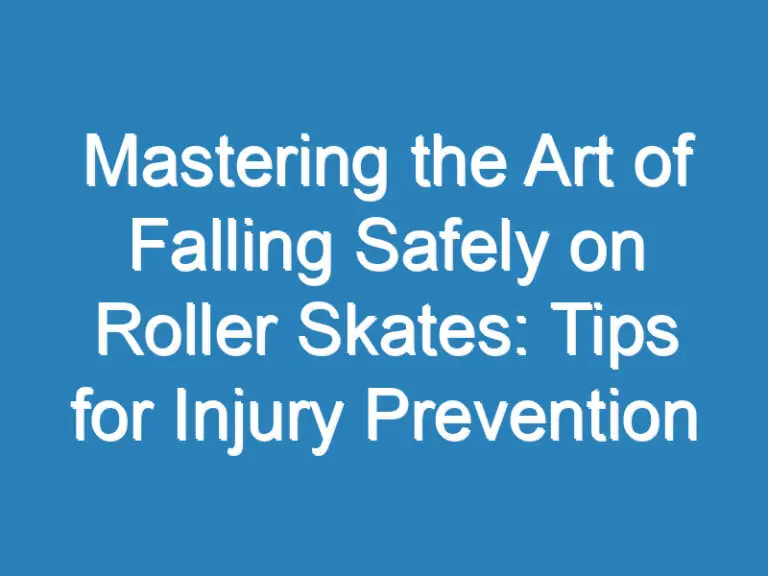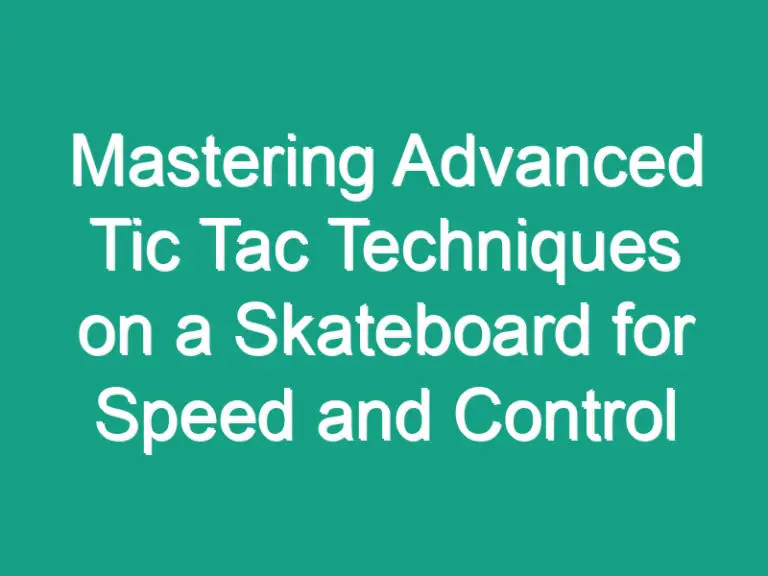
Hey there, kicking off this article on mastering the elusive kickflip with both feet. As a seasoned skater, I’ve had my fair share of triumphs and wipeouts, but one trick that always keeps me on my toes is nailing the kickflip with both feet. It’s a move that demands finesse, timing, and a whole lot of practice, but once you land it, the feeling is unmatched.
In the skateboarding world, the kickflip is a fundamental trick that serves as a milestone for many riders. Adding the challenge of landing it with both feet takes your skills to a whole new level. In this guide, I’ll break down the step-by-step process, share some expert tips, and help you troubleshoot common issues so you can stomp those kickflips like a pro. Let’s dive in and elevate your skate game to new heights.
Key Takeaways
- Understanding the key components of the kickflip technique is crucial for success: Pop, Flick, Timing, Rotation, Catching, and Landing.
- Correct foot placement is essential for a solid kickflip: Front foot angled near the center and back foot on the tail for optimal pop and flick.
- Mastering the pop and flick motion by focusing on generating enough force with the back foot and flicking the front foot at a slight angle is key to landing the kickflip.
- Committing to landing with both feet is vital for consistent execution: Visualize success, avoid half-hearted attempts, embrace the learning process, build confidence, and stay persistent.
- Implement advanced tips like consistent foot placement, improving pop and flick, leveling out in the air, spotting your landing, adjusting timing, and staying relaxed to perfect your kickflip.
- Troubleshooting tips include practicing regularly, filming yourself for feedback, seeking advice from experienced skaters, and maintaining patience and positivity during your kickflip journey.
Understanding the Kickflip Technique
When mastering the kickflip, it’s crucial to understand the technique behind this fundamental skateboard trick. Here, I’ll break down the key components that go into successfully landing a kickflip with both feet:
- **Pop: ** This is the initial step where you use your back foot to pop the tail of the skateboard down.
- **Flick: ** After popping the tail, your front foot should slide off the side of the board diagonally to create the flip motion.
- **Timing: ** The timing between the pop and flick is essential. Practice getting this timing right for a clean rotation of the board.
- **Rotation: ** As the board flips, your back foot should be ready to catch it and guide it back under you.
- **Catching and Landing: ** Finally, anticipate the board’s rotation, catch it with both feet, and land smoothly with your knees bent to absorb the impact.
By grasping these key elements of the kickflip technique, you can work towards landing this challenging trick consistently. Keep practicing and pay attention to the nuances of each step to improve your skills on the board.
Remember, mastering the kickflip with both feet takes time and dedication, but with perseverance, you can elevate your skateboarding abilities to new heights.
Getting the Right Foot Placement
When mastering the kickflip, getting the right foot placement is crucial for achieving a solid takeoff and landing. Here’s how I ensure my feet are correctly positioned for a successful kickflip:
- Front foot: I position my front foot at a slight angle near the center of the board with the ball of my foot hanging slightly off the edge.
- Back foot: I place my back foot on the tail of the skateboard, just below the back bolts. It’s essential to have the ball of my back foot positioned for optimal pop and flick.
By having the correct foot placement, I can generate the right amount of pop, achieve proper flicking motion, and set myself up for a clean rotation and catch. Remember, consistent foot placement is key to landing the kickflip with both feet.
Mastering the Pop and Flick Motion
When landing a kickflip with both feet, mastering the pop and flick motion is crucial. Here’s how I approach it:
- Pop: Focus on popping the tail of the skateboard down by shifting your weight to your back foot.
- Flick: Use your front foot to flick the edge of the skateboard’s nose diagonally off the board.
Key tips for perfecting the pop and flick:
- Generate enough force with your back foot to ensure a solid pop.
- Flick your front foot at a slight angle to create the necessary spin.
- Timing is key: Pop the board first, then immediately flick your front foot.
Practicing the pop and flick motion consistently will improve your kickflip technique and help you land it with both feet more confidently.
Committing to Landing with Both Feet
When mastering the kickflip, committing to landing with both feet plays a crucial role in achieving a successful execution. As I progress in my skateboarding journey, I’ve come to understand that hesitating during the kickflip can lead to inconsistent landings and missed opportunities for improvement. Here are some key strategies I’ve found helpful in committing to landing with both feet:
- Visualize Success: Before attempting a kickflip, I visualize myself landing it perfectly with both feet. This mental preparation helps build confidence and reinforces the commitment needed to stick the landing.
- Avoiding Half-Hearted Attempts: Half-hearted attempts often result in one foot landing on the board while the other stays in the air. By fully committing to the kickflip motion and mentally preparing to land with both feet, I increase my chances of success.
- Embracing the Learning Process: It’s essential to embrace the learning process and not get discouraged by initial failed attempts. Each try provides valuable feedback that can be used to adjust technique and improve landing consistency.
- Building Confidence: Confidence is key when committing to landing with both feet. By starting with smaller kickflips and gradually increasing height and rotation as proficiency grows, I’ve been able to build my confidence and commitment levels.
- Staying Persistent: Landing a kickflip with both feet takes practice and persistence. I’ve learned that staying persistent, even when faced with challenges, is essential for continuous improvement in skateboarding.
By implementing these strategies and focusing on committing to landing with both feet, I’ve seen significant progress in my kickflip execution and overall skateboarding skills. Remember, mastering the kickflip is a journey that requires dedication and a willingness to step out of your comfort zone.
Advanced Tips and Troubleshooting Advice
After mastering the basics of the kickflip, I’ve compiled some advanced tips and troubleshooting advice to help you perfect your technique even further:
- Ensure consistent foot placement: Having your front foot angled slightly and your back foot positioned on the tail is crucial for a successful kickflip.
- Improve pop and flick: Focus on popping the tail down hard and flicking your front foot off the edge of the skateboard to generate the necessary rotation.
- Level out in the air: Aim to keep the board level with the ground as it rotates to increase your chances of landing both feet securely.
- Spot your landing: Keep your eyes on the board throughout the trick and visually track where you need to place your feet for a clean landing.
- Adjust timing: Experiment with the timing of your pop and flick to find the optimal moment that works best for your personal style and technique.
- Stay relaxed: Tension can hinder your performance, so remember to stay loose and fluid in your movements to execute the kickflip smoothly.
If you’re experiencing challenges with landing the kickflip with both feet consistently, here are some troubleshooting tips:
- Practice regularly: Building muscle memory and consistency takes time, so dedicate regular practice sessions to hone your skills.
- Film yourself: Recording your attempts can provide valuable feedback on your technique and help you identify areas for improvement.
- Seek feedback: Consider asking a more experienced skater for advice or feedback on your kickflip technique to gain additional insights.
- Stay patient and positive: Progress may not happen overnight, but with perseverance and a positive mindset, you’ll continue to improve your kickflip execution over time.
Remember, mastering the kickflip with both feet is a rewarding journey that requires dedication, practice, and a willingness to push beyond your comfort zone. Keep at it, and enjoy the process of refining your skills on the board.
Conclusion
Mastering the kickflip is a challenging yet gratifying endeavor in skateboarding. Consistent foot placement, improved pop and flick, leveled-out mid-air maneuvers, precise landings, and relaxed execution are key elements for success. By incorporating troubleshooting advice like regular practice, seeking feedback, consulting experienced skaters, and maintaining a positive mindset, one can enhance their kickflip skills. Remember, dedication, practice, and a willingness to push boundaries are essential for honing this trick. Embrace the journey, stay committed, and enjoy the process of perfecting your kickflip with both feet. Happy skating!
Frequently Asked Questions
1. Why is foot placement important for a successful kickflip?
Proper foot placement ensures a stable foundation for executing the kickflip, allowing for a controlled pop and flick motion.
2. How can I improve my pop and flick technique?
Practice snapping the tail down with your back foot and flicking your front foot off the edge of the skateboard to generate spin and flip for the kickflip.
3. What should I focus on to level out in the air during a kickflip?
Concentrate on leveling your board by bringing your front foot up and forward, while keeping your eyes on the board to spot the landing.
4. How can I adjust the timing of my kickflip?
Experiment with the timing of your pop and flick motion to find the right balance that allows the board to flip beneath your feet smoothly.
5. What can I do to troubleshoot my kickflip technique?
Regular practice, filming your attempts for self-assessment, seeking feedback from experienced skaters, and maintaining a positive mindset are key for troubleshooting kickflip issues.
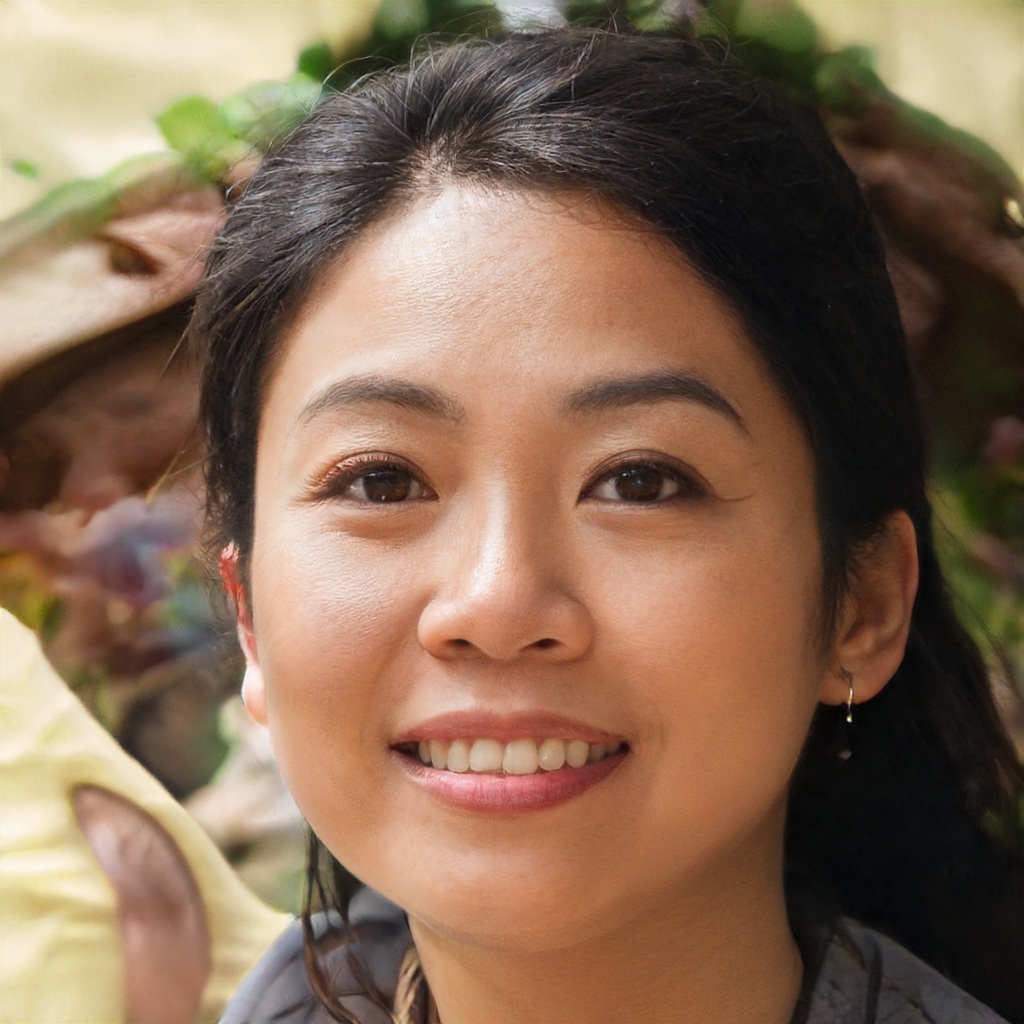
Hi, This is Roasalin, I have loved Skating since my early childhood days, and here I share my experiences and tips for beginners who want to turn into pro skaters. I hope you find it useful. you can contact me here
